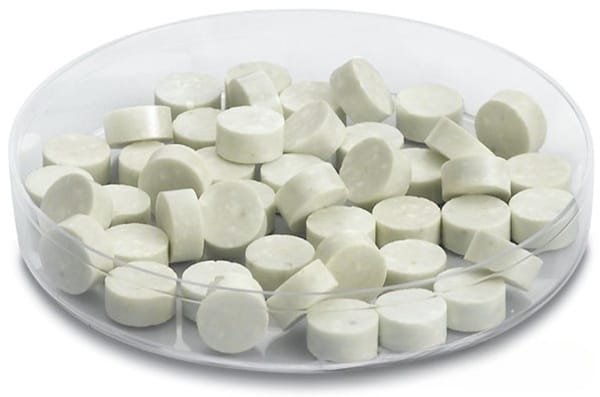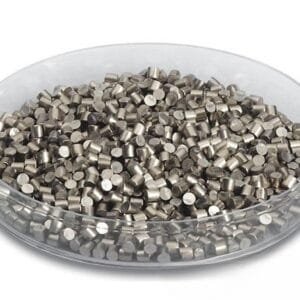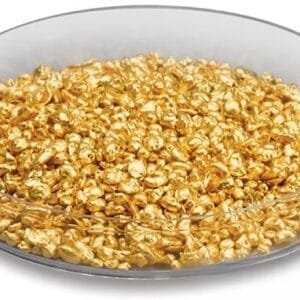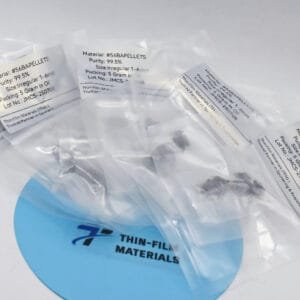Beryllium Oxide Evaporation Materials Overview
TFM provides high-purity beryllium oxide evaporation materials with the chemical formula BeO. Our beryllium oxide materials are essential for high-quality deposition processes, ensuring superior film quality. With purity levels reaching up to 99.9995%, TFM employs stringent quality assurance measures to guarantee the reliability of our products.
Related Product: Oxide Ceramic Evaporation Materials
Applications of Beryllium Oxide Evaporation Materials
Our beryllium oxide evaporation materials are versatile and used in various applications:
- Deposition Processes: Ideal for semiconductor deposition, chemical vapor deposition (CVD), and physical vapor deposition (PVD).
- Optics: Applied in wear protection, decorative coatings, and display technologies.
Packaging and Handling
Our beryllium oxide evaporation materials are meticulously tagged and labeled to ensure efficient identification and quality control. We take great care to prevent any damage during storage and transportation.
Contact Us
TFM is a leading producer and supplier of high-purity beryllium oxide evaporation materials. We offer materials in various forms, including tablets, granules, rods, and wires. Custom shapes and quantities are available upon request. In addition to evaporation materials, we supply evaporation sources, boats, filaments, crucibles, heaters, and e-beam crucible liners. For current pricing and information on materials not listed, please send us an inquiry.


 MSDS File
MSDS File



Reviews
There are no reviews yet.